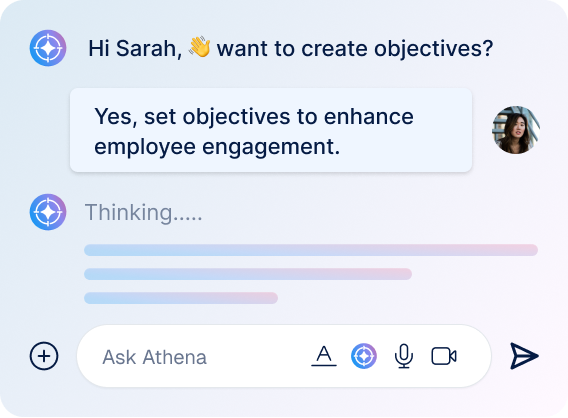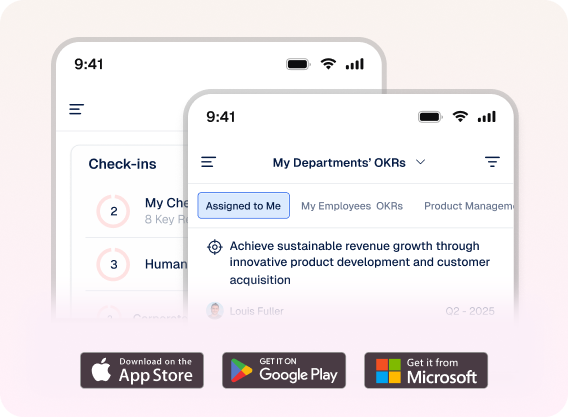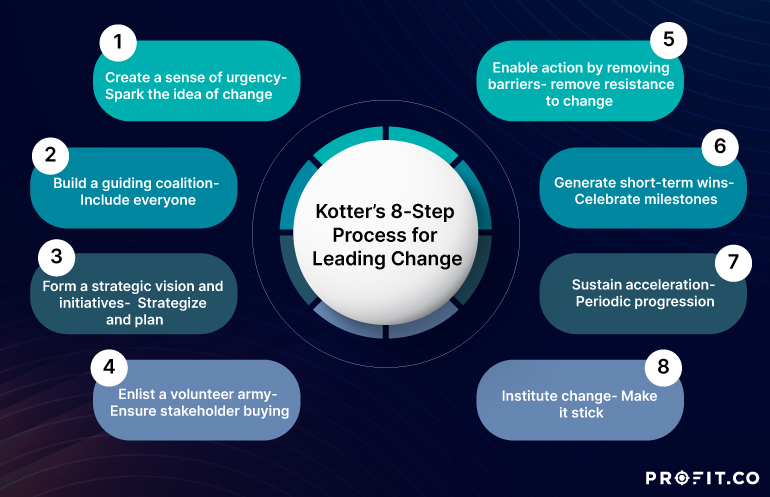Kotter’s 8-Step Process for Leading Change
Change and leadership are inextricably linked, as leaders are Toe for guiding organizations through periods of transformation. Effective change leadership requires a clear vision, communication, and the ability to inspire and motivate stakeholders to embrace change.
Do you know that Over 80% of organizations today adopt a top-down approach to change management? Do you think that is effective? Read on to conclude
Senior leaders make strategic decisions, develop implementation plans, and communicate them to the workforce to secure their support. In today’s fast-paced world, the ability to lead change is a crucial skill for organizational success.
Kotter’s 8-Step Process for Leading Change was formulated and established by Harvard Business School leadership professor John Kotter. His body of work primarily revolves around businesses, leadership, and Change.
Kotter has authored up to 20 books in his career. He bore his 8-Step Process for Leading Change in his 1996 book, “Leading Change” and expounded on it again in his 2002 book, “The Heart of Change”. Kotter founded his organization, Kotter International Inc., in 2008, which he uses to cultivate ideas for leadership in organizations worldwide.
How it Works?
The idea behind this 8-step process is premised on extracting the so-called “success factors” that Kotter saw in his decades of experience with businesses, leadership, and change. These success factors are then gathered into one list and turned into one solid methodology.
Since the success factors are laid out as one seamless process, the eight steps are arranged chronologically, from setting the tone for change to making the implemented change last in the organization.
The Eight Steps Include
Step 1: Create a sense of urgency
According to Kotter, the first step to change is to instill a “sense of urgency” in the group or the organization. Why? Because this highlights the importance of change and creates an opportunity to embrace the upcoming change.
This first seed sparks the members’ ideas on changing the current status quo and motivation to do it. In this step, the team can examine current threats and pitfalls and how you can address these. By including the entire group or organization, you will have diverse information and share the motivation that results in this sense of urgency.
The people who are crazy enough to think that they can change the world are the ones who do.
Step 2: Build a guiding coalition
This guiding coalition is expected to carry out change from start to finish — from conceptualization, guiding, coordinating, communicating, and implementing to maintaining. This is easy once you have created motivation through a sense of urgency in the first step. Since you have already instilled in people that change is necessary, you can employ their help to push for it.
It is essential to include everyone because many steps require various competencies and skills to implement organizational changes. Know who can lead and work in your team to build allies in instilling new ideas in your organization.
Step 3: Form a strategic vision and initiatives
Once you have motivation and leaders ticked off the box, it is time to visualize the future when you have already introduced the new idea and implemented the needed change in the company, group, or organization.
In this step, you must carve out clear paths and strategize how to get from point A to point B. It is an essential step because it will help you understand the needed actions to get to where you want to be and help you communicate and convey your ideas to your team and their constituents.
Bridge the Strategy Execution Gap with Profit.co
Step 4: Enlist a volunteer army
Only when you fully understand what you want to do and where you want to be can you convince people to join your cause. Once you have a clear and visualized strategy on what to do, it is time to get everyone involved.
Make sure that in trying to get everyone on board, you refrain from forcing anyone to join. The key is to believe in what you want to happen and convey why this benefits everyone.
Step 5: Enable action by removing barriers
When your team is ready and motivated, it is time to act. Sure, instilling change, whether a large-scale overhaul or just minor changes, will always be challenging, and there will always be resistance or barriers to change. To effectively enable action, you should know which barriers to immediately remove to open the gates of change among your colleagues.
You must continuously check for barriers and formulate ideas to keep the change flowing. You can also implement proactive measures to avoid these resistances even before they happen.
Step 6: Generate short-term wins
Sparking change is a challenging task. It is often tiring. One of the main risks to making organizational changes is that people may get tired of the effort to implement the change or just from learning new things that come with the new environment.
It is why it is important to generate and celebrate short-term wins. While you have an overarching goal, you also have little milestones that mark your progress. Make sure to recognize these milestones and celebrate them. Celebrate your team and give credit where credit is due. Appreciation renews motivation and goes a long way.
Step 7: Sustain acceleration
In this step, Kotter reiterates the importance of running with momentum to keep things going. By this time, you already have one foot in the door. You have figured out a system for how things work, and it will likely go smoothly from here on.
Refrain from falling into the pitfall of only being passionate about change at the beginning of the project. You can sustain acceleration by periodically building on your progress and setting new goals. Also, have refresher meetings to keep things aligned and ideas fresh. Ask other people who are not involved if they have any ideas to gain a new perspective.
Step 8: Institute change
The last step is to solidify the change instilled and recognize how things are better now that changes are in place. Recognize behavioral and organizational changes and present them to your team. Make them part of the organization’s core as the new normal.
Talk about the progress and how these helped people. It is also helpful to brainstorm on the long-term effects of the change, what problems you may run into, and how to prevent them early on.
How Can it be Applied in the Real World?
Kotter’s 8-Step Process for Leading Change can be applied to any organization that is undergoing significant changes, regardless of its scale. This framework is especially useful for those who are looking to implement changes gradually, rather than abruptly. By ingraining a culture of change within the company’s foundation, this approach is well-suited for organizations seeking to establish long-term changes to their lifestyle or culture.
Using OKRs with Kotter’s 8-Step Model to Implement Change
OKRs (Objectives and Key Results) and Kotter’s 8-Step Process for Change can be integrated to help organizations effectively manage Change and achieve their goals. The OKR methodology provides a framework for setting clear and measurable objectives and identifying key results that must be achieved to meet those objectives. By combining the OKR methodology with Kotter’s 8-Step Process, organizations can set clear objectives and key results that support their vision for Change, create a sense of urgency around achieving those objectives, and empower employees to take ownership of the change process by using the alignment and transparency features of the OKR methodology. This integration can help organizations drive successful Change while ensuring their goals align with their vision for the future.
Conclusion
Leaders who embrace change can inspire a culture of continuous improvement, where employees feel empowered to take risks and explore new ideas leading to developing new skills and competencies. The change also helps break down silos and promote collaboration, increasing employee engagement and productivity. Organizational change is essential for creating a dynamic, resilient, forward-thinking organizational culture and leadership style.





